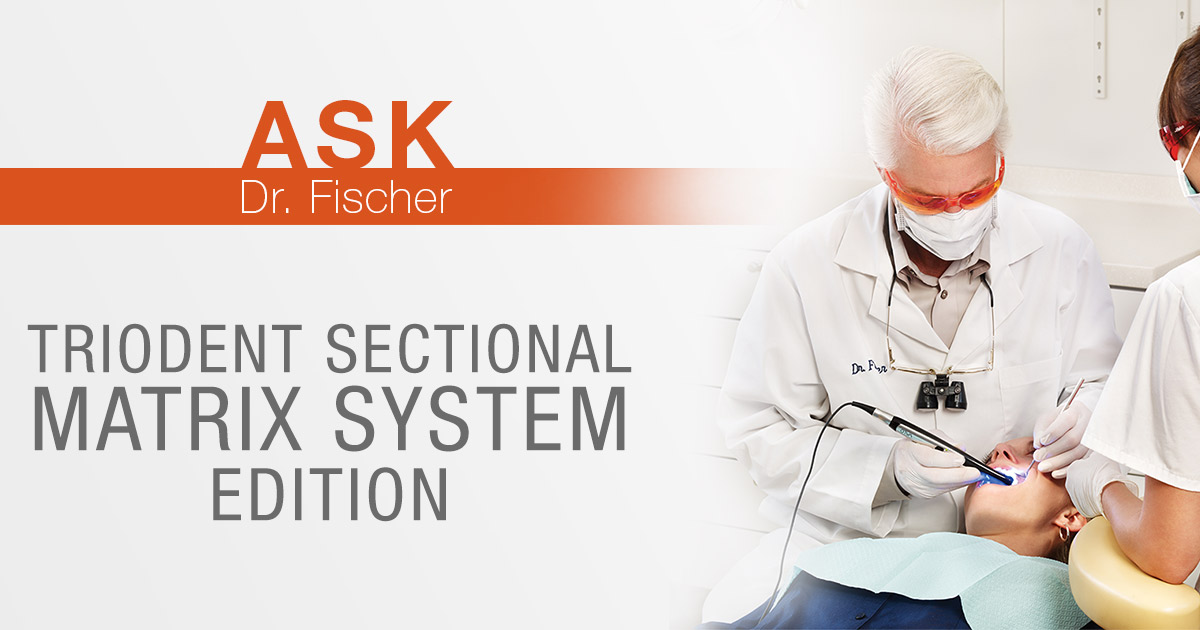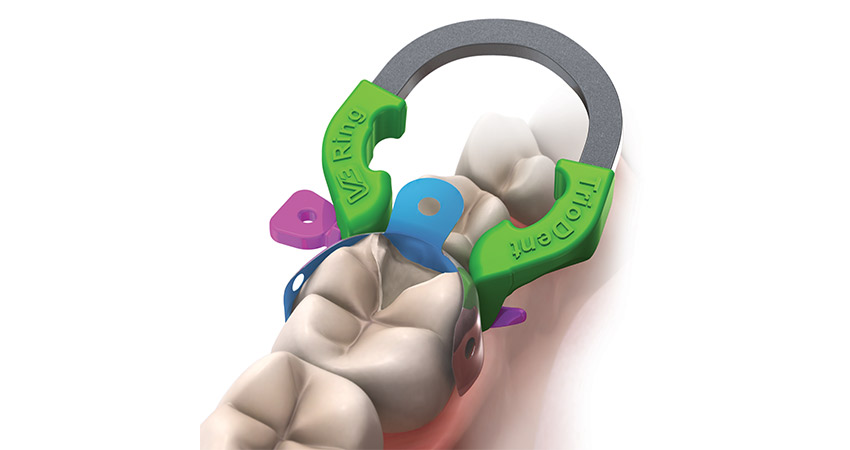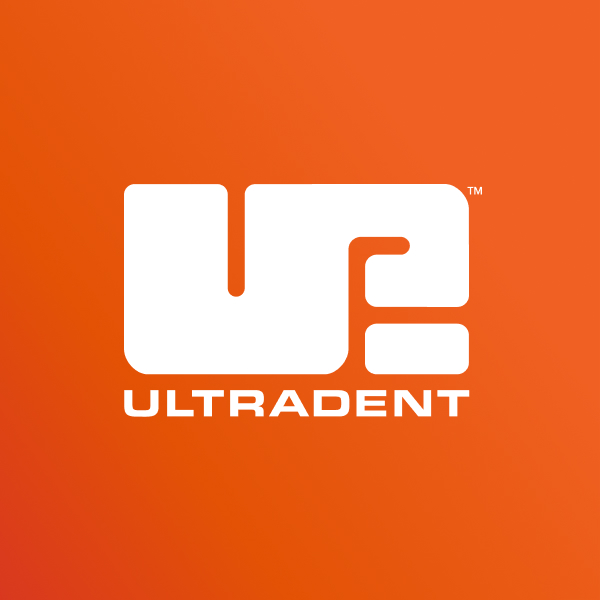 Why should a clinician use the Triodent® V3 Sectional Matrix System for Class II restorations instead of using one of the other systems out there?
Why should a clinician use the Triodent® V3 Sectional Matrix System for Class II restorations instead of using one of the other systems out there?
 The reason I recommend the Triodent V3 Sectional Matrix System the very most is because it is so simple and quick. With the unique reverse s-curve cross-sectional shape to the matrix band, it provides the appropriate contour as it approaches the contact area. The band helps facilitate not only the correct anatomical shapes relative to anterior and posterior aspects but also buccal to lingual just above the contact point. In the formation of the marginal ridge, it helps to shape the proximal aspect of that marginal ridge.
The reason I recommend the Triodent V3 Sectional Matrix System the very most is because it is so simple and quick. With the unique reverse s-curve cross-sectional shape to the matrix band, it provides the appropriate contour as it approaches the contact area. The band helps facilitate not only the correct anatomical shapes relative to anterior and posterior aspects but also buccal to lingual just above the contact point. In the formation of the marginal ridge, it helps to shape the proximal aspect of that marginal ridge. The V3 ring is a fabulous, unique, and very stout ring that facilitates enough pressure to help temporarily spread the teeth to accommodate for the thickness of the matrix. This helps to ensure a tight contact, which, as all my dentist colleagues know, is critical. If there are open contacts, the restoration has to be redone. So this is paramount!
 Class II restorations represent about half of the work in your practice. How do you make them more simple and reliable?
Class II restorations represent about half of the work in your practice. How do you make them more simple and reliable?
 The secret to making Class II restorations easier is to catch them early. If you can catch that Class II lesion when it’s tiny, you can address the lesion very quickly with just a little simple slot preparation—for example, a 330 burr. You don’t even have to break the contacts. You do a quick check with a caries indicator like Sable Seek® (which should be on every clinician’s tray). It will take a minimal amount of time to create occlusal anatomy, as the area which this tiny Class II is placed in may not even extend into a mesial or distal pit, not to mention a central pit. So, like I said, if you catch them early, Class II restorations can be quick, simple, and easy.
The secret to making Class II restorations easier is to catch them early. If you can catch that Class II lesion when it’s tiny, you can address the lesion very quickly with just a little simple slot preparation—for example, a 330 burr. You don’t even have to break the contacts. You do a quick check with a caries indicator like Sable Seek® (which should be on every clinician’s tray). It will take a minimal amount of time to create occlusal anatomy, as the area which this tiny Class II is placed in may not even extend into a mesial or distal pit, not to mention a central pit. So, like I said, if you catch them early, Class II restorations can be quick, simple, and easy.








